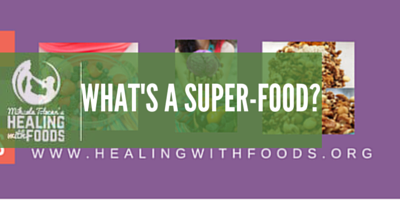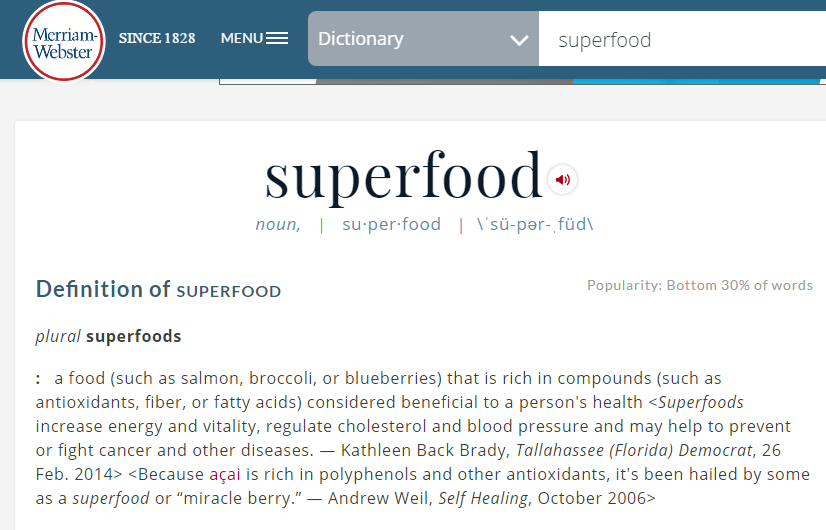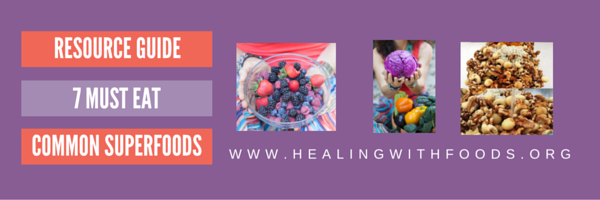hi

What are super-foods and why are they good for you?
It’s a bird! It’s a plane! It’s superfood – and it’s flying off your grocer’s shelf like never before!
The word “superfood” has been around since as far back as 1915 when it was referred to in the Oxford English Dictionary as “a food considered especially nutritious or beneficial to health and well-being.” Sounds pretty vague, doesn’t it? Well, since the beginning of the 20th century the field of nutrition has discovered specific vitamins, minerals and phytochemicals that qualify certain foods as better than others.
Below you can see how Merriam Webster Dictionary defines superfoods:

Though there’s still no firm consensus on the exact definition of a superfood, nutritionists generally agree that foods with higher than usual antioxidant, fiber or essential fatty acid content can be called superfoods. To fully understand what makes a food super, let’s look at each of these components separately.
Antioxidants, which literally means against oxidation.
- Oxidation is a chemical reaction with oxygen that can produce free radicals. It is responsible for signs of deterioration like metal rusting or an apple turning brown after being cut. In our bodies, oxidation can make certain compounds like the LDL cholesterol more volatile and liable to stick to the walls of our arteries.
- Antioxidants like vitamins A, C, E, the trace mineral selenium, and numerous plant pigments stop oxidation by neutralizing free radical oxygen electrons before they react with other molecules, thus stopping processes of aging and degeneration. Fruits and vegetables are exceptionally high in antioxidants which is why they are often called superfoods.
Superfoods are often ranked by their Oxygen Radical Absorbance Capacity (ORAC) Value which are determined in a test tube and represent the potential for a specific compound to neutralize a free oxygen radical making it unavailable for more deleterious reactions. 
A high fiber content is another criterion that qualifies foods as superfoods.
- Fiber adds bulk to our diets without adding extra calories because it passes through the body undigested and serves as food for the bacteria in the gut. There are two types of fiber: soluble and insoluble. In our intestinal tracts, soluble fibers, such as prebiotic inulin, form a viscous gel that probiotic gut bacteria can ferment and feed off.
- In addition to supporting healthy digestive flora, soluble fiber also binds to excess cholesterol so that it can be removed as waste. Insoluble fiber such as cellulose, are roughage,and promotes regularity, or “waist management”, if you will.
Essential fatty acids like omega-6 linoleic acid and omega-3 linolenic acid.
- The final class of nutrients that adds to a food’s functionality, these fats become incorporated into all our cell membranes affecting their permeability and rigidity.
- They also combat inflammation by encouraging synthesis of anti-inflammatory eicosanoides, (prostaglandin hormones). Hence, foods with omega-3 essential fats, like salmon, walnuts, and hemp and flax-seeds, are known for helping to combat inflammation, fighting heart disease and some cancers.
- maintaining a good ratio of the omega-6 to omega-3 essential fats is crucial for overall health and inflammation control.
Now that you understand why some foods are called super-foods, it’s time to learn more about some common superfoods and how to incorporate them into your diet. Click the image below to download the FREE Resource Guide: 7 Must Eat Common Super-Foods.




